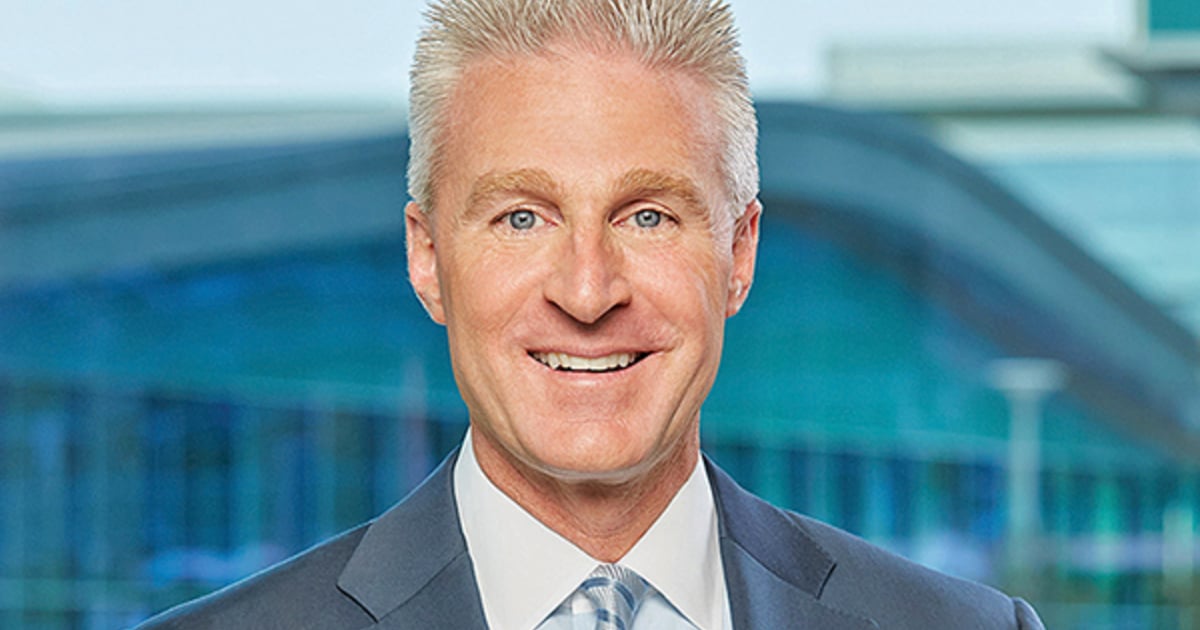
DETROIT — Toyota Motor Corp. believes the microchip shortage that’s plagued the U.S. auto industry is likely to remain for an extended period, even as sales in the U.S. continue to slowly rebound, according to the Japanese automaker’s head of sales.
Jack Hollis, in his first year as executive vice president of sales for Toyota Motor North America, said he sees the industry finishing 2022 at 14 million new vehicle sales in the U.S., with a recovery in 2023 to 15 million as production continues to struggle through supply shortages in microchips and other components.
Early on Thursday, Toyota said its November U.S. sales rose 10 percent to 169,226 vehicles. Deliveries for the first 11 months fell 11 percent to 1.9 million vehicles.
“For 2023, we think we’re really going up another million vehicles, which is great, because if you look at where we’ve been so supply constrained, to see there being growth and a path to growth I think is going to be encouraging for everybody in the industry,” Hollis told Automotive News Thursday ahead of the automaker’s annual holiday party for Detroit media.
Hollis acknowledged that Toyota hasn’t had much success guessing when restrictions on semiconductors will lift, and said the industry shows no sign of pulling back on its demand for technology.
“It feels like the microchip, the whole semiconductor issue, it feels like it’s going to take forever. Just to be candid, it feels like this problem is here to stay,” he said, explaining that as automakers expand their lineups to include more electronic-intensive electric vehicles and grow their sales, demand for microchips will increase.
“Can we ever get to a point where we’re really producing microchips at a speed that’s that much faster than the industry is growing?” Hollis said rhetorically. “So the problem stays with us for a lot longer than we might have expected originally.”
In other comments, Hollis said that rapidly rising interest rates “are certainly not helping” Toyota and other automakers in the U.S. as the inflation-fighting hikes made by the Federal Reserve drive up both the cost of funds and the viability of leasing.
“What has happened with interest rates has been more about what it does to the psyche of everybody kind of waiting for something,” Hollis said. “When you don’t know exactly how high interest rates are going to go, people have to stop and pause and see where it’s going.
“In the short term, we’re still seeing waiting lists for new vehicles, and we still see super-low inventory and low incentives, so the impact [of rising interest rates] has been negligible,” he said. “But what you’re hearing and what you’re starting to see in the used-car price decreases, you’re starting to see people slow up a little bit.”